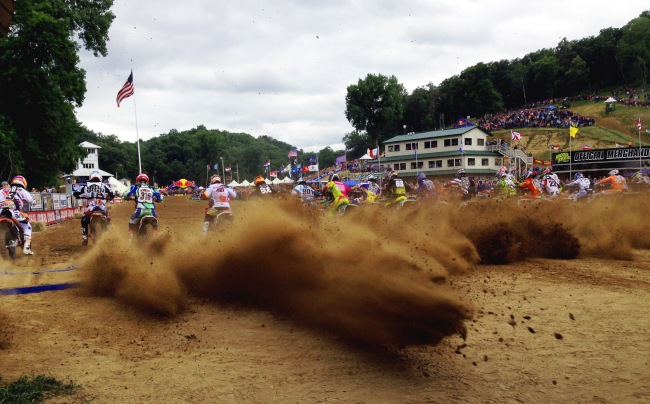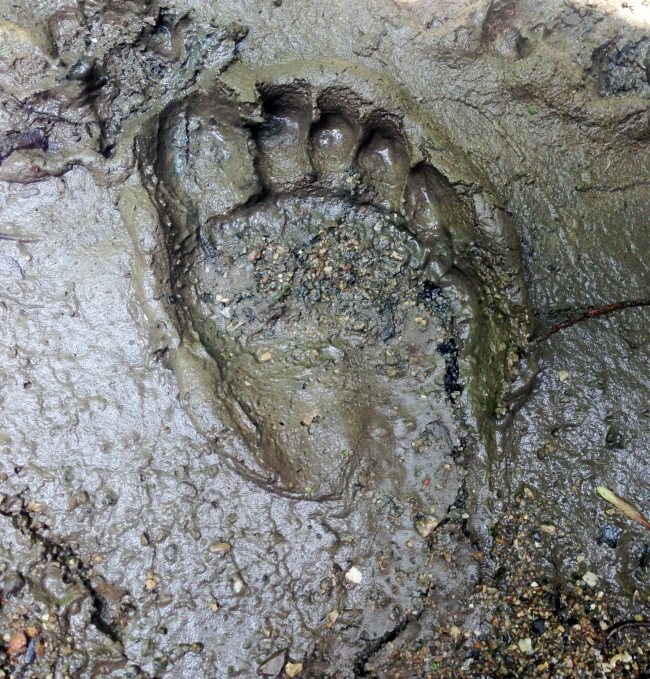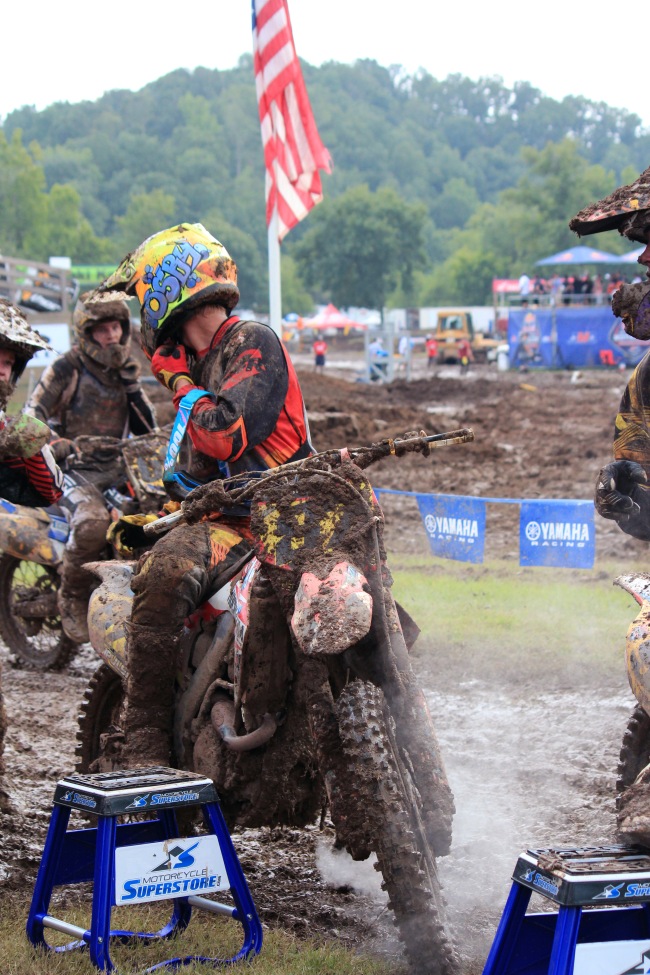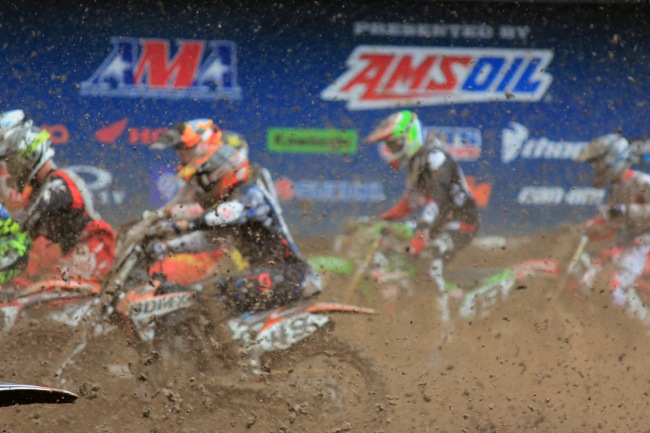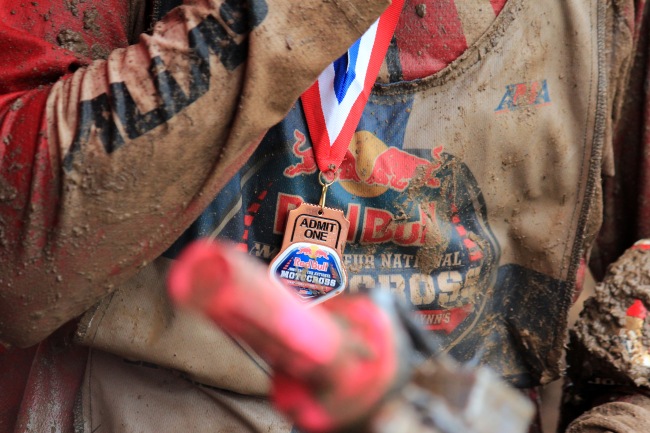“Why are PROS racing AM races?” a tweet notification popped up on my screen. A fair question, of course. One that I’m sure many MX riders, particularly women riders, are asking. As many of you know by now, women’s pro motocross, dubbed “WMX,” has been relegated to amateur events for 2014 after losing its home alongside men’s Pro MX.
The responses that followed from fellow angry tweeters were absurd, at best. No, it’s not because “some man” decided. And no, “that man” most certainly isn’t D. Coombs. For some reason people at large have crowned Coombs as the King of Pro Motocross, as the man behind all the decisions. I don’t know much, but I certainly know this to be a vast misconception. In the Pro MX world, there are much bigger players than Coombs. (And to his credit, it was Coombs who dreamed up bringing WMX to the Pro series in the first place, so give the guy a break.)
If you want to blame the television networks, or the sponsors, you’re getting warmer. The simple fact is that pro racing hardly exists without the corporate bodies who fund it, but let’s not pretend that these are acts of charity. We’re all in business to promote ourselves—our brands, our products—and thusly, we invest in the events and athletes that are marketable.
Female MX athletes are some of the most dedicated, die-hard athletes in the biz. Factory team managers are completely at a loss. Imagine watching these girls with so much talent, so much drive, and nowhere to go. In fact, most people in the industry are pretty bent up about the state of WMX.
But the cold, hard truth is that WMX is simply not marketable—at least not yet. And if I’m going to charge anyone with that crime, I charge you. Yes, YOU: Motocross fans. There’s little money behind women’s racing because the fans aren’t behind it.
“But they’re not as fast as the guys,” you say, and I admit, this is largely true. And while there’s simple anatomy to blame (men are anatomically stronger than women, generally speaking), and while female athletes on the whole are at an evolutionary disadvantage (men have been competing in athletic events for thousands of years; meanwhile, in the powder room, the women are knitting), I think it goes deeper still. After all, we’ve seen the likes of up-and-coming female athletes like Courtney Duncan who has the speed to beat plenty of her male competitors in the amateur scene. Still, at Loretta’s I didn’t see a whole lot of people—sponsors or fans—who seemed all that interested in pursuing her.
If you really get down to it, I think you’ve got to dig into the very culture of motorsports, one in which women play a very clear role, and it’s a silent, porcelain-faced, half-clothed one. Let’s be honest, the Monster girls get more coverage at motorsports events than all the female racers combined. Female athletes can only hope to be blessed with a pretty face, so that maybe the camera will be so generous as to gaze upon them.
Now before you misconstrue my argument, please understand that I mean no disrespect to the models. Haters: pipe-down. There’s room for both Dianna Dahlgren and Jessica Patterson in this industry. All I’m saying is, what if we celebrated talent just as much as we celebrated beauty in our young women? What if we gave WMX another chance, a REAL chance? What if we, THE FANS, invested a little more time and interest into WMX, not just for ourselves, but also for our daughters, our sisters, our girlfriends, our wives, our mothers, and for the sport we love?
Maybe instead of being angry about WMX joining the amateur events, we can see this as an opportunity. After all, this year female racers have eight national events at which to compete, compared to last year’s measly three events with the Triple Crown. At least one of these amateur events will be televised, and that number is expected to grow in the coming years. Look at the attention amateur national MX events are getting these days: last year, Loretta’s garnered a larger television viewership than the X Games! These amateur events are going to get a lot of press, and WMX is going to be a part of that.
The decision to hold WMX races alongside amateur events was merely a financial one, one that was necessary in order to give female athletes the opportunity to race this year. Now, it’s up to us to decide what the future of WMX holds. As for me, I’ll be at the track with a front row seat when the women take the gate.
-Rachel Witt





